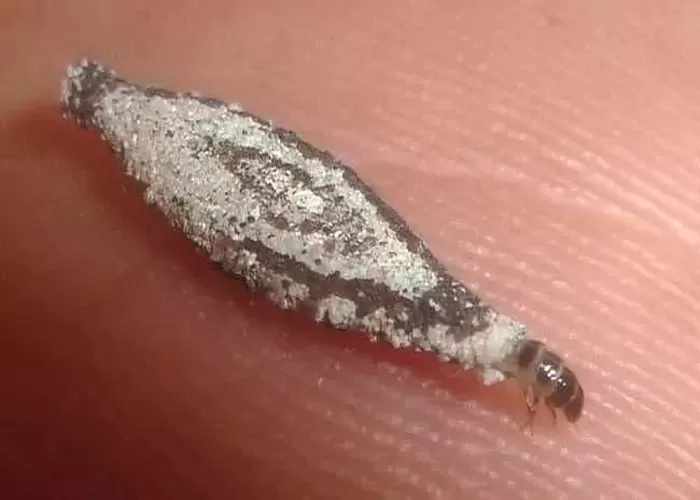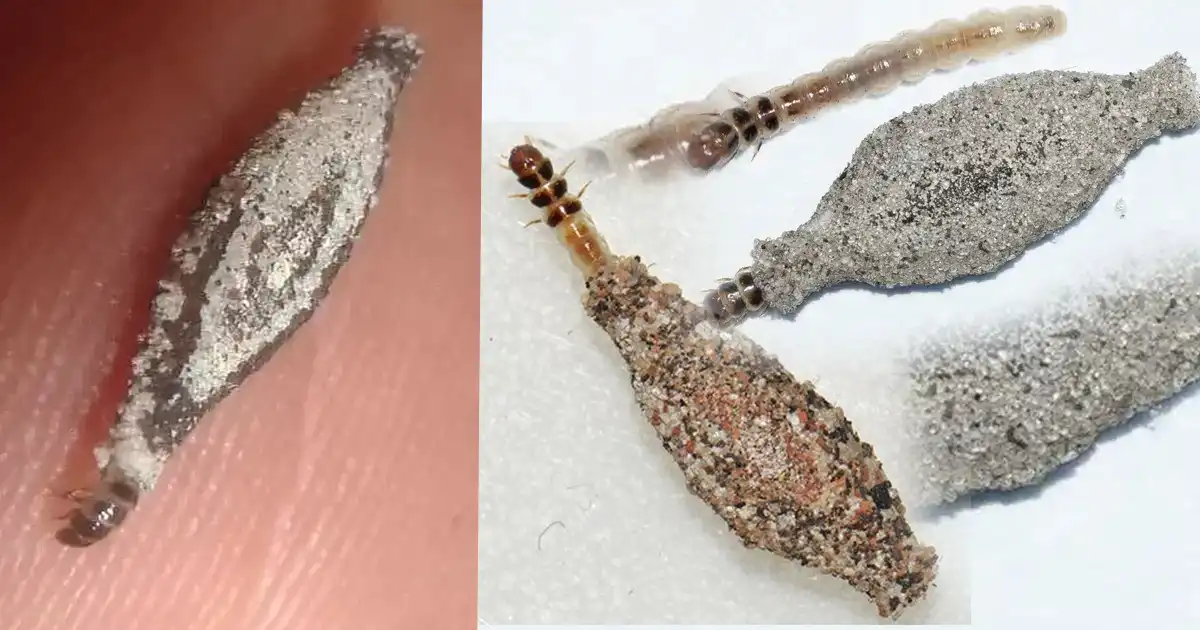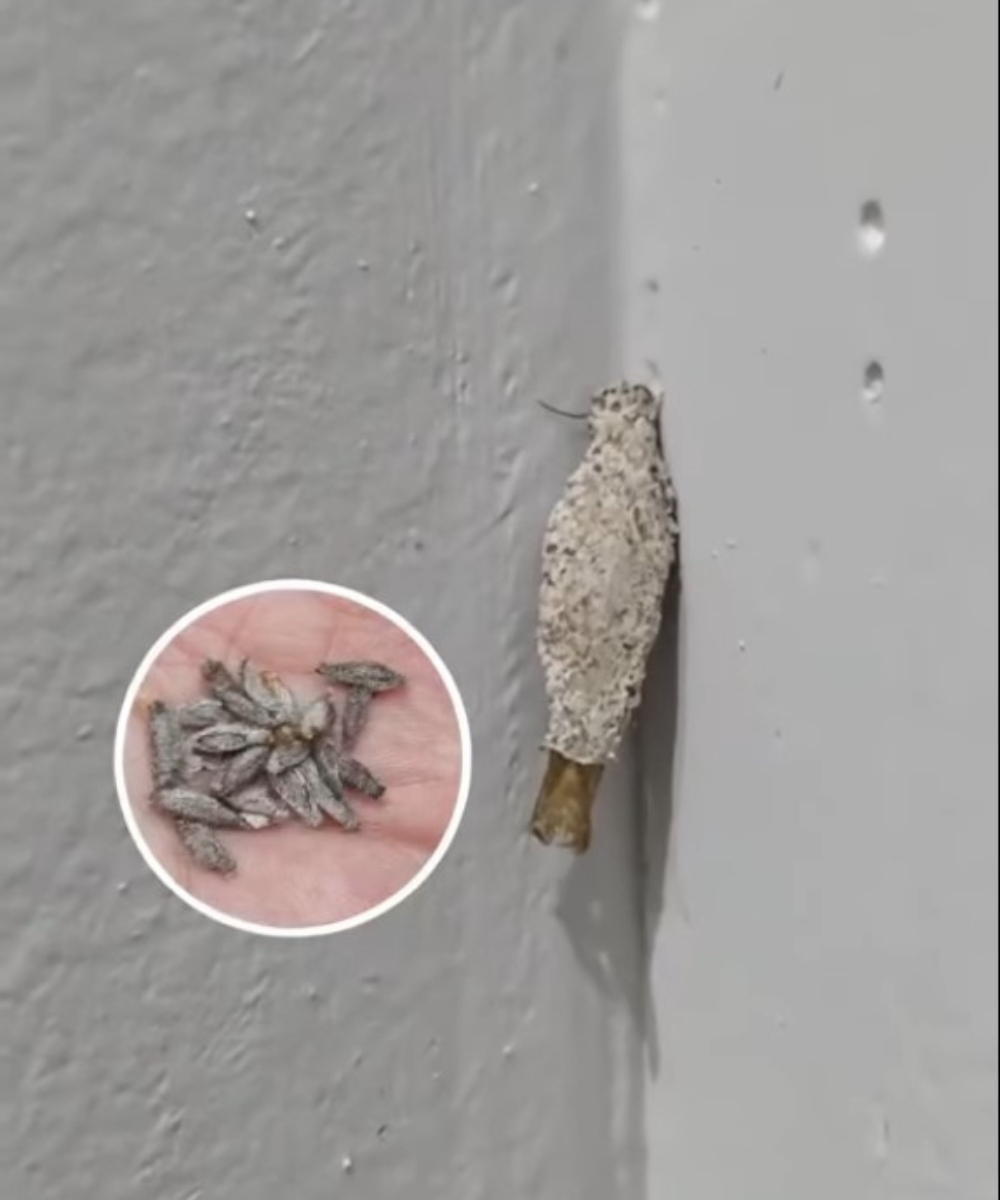Dark corners, piles of old newspapers, cardboard boxes, and rarely used furniture provide safe hiding spots where larvae can feed and develop without disturbance. Cluttered homes are often ideal habitats because they offer both protection and a steady supply of organic materials.

5. Lack of Regular Inspection and Maintenance
Homes where residents rarely examine behind furniture, inside closets, or under beds allow small infestations to grow unnoticed. Even minor larval presence can escalate quickly if not detected early.
6. Climate and Seasonality
Kamitetep populations tend to develop in warmer months when indoor conditions are more favorable. Heating systems in winter may reduce humidity, but in areas where warmth and moisture coexist, populations can keep stable year-round.
7. Pets

Hair shed by cats, dogs, or other animals provides an additional food source for larvae. Homes with pets require more frequent cleaning because the mixture of pet hair and dust creates an ideal environment for larvae growth.
Conclusion
High humidity, accumulated organic debris, natural fabrics, clutter, insufficient inspection, favorable climate, and pet hair all contribute to the increased appearance of kamitetep. Regular cleaning, proper textile storage, good ventilation, and monitoring hidden spaces can help reduce infestations and maintain a cleaner home.

